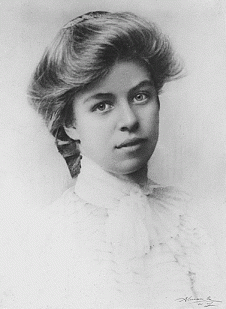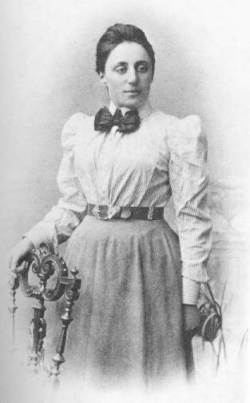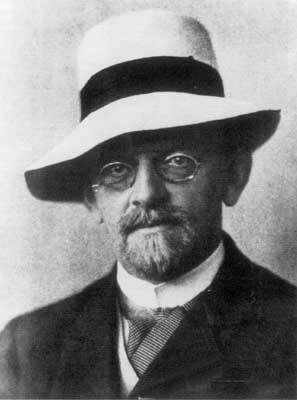 Yesterday, June 28, was the birthday of John Wesley, who was born in 1703 and is considered the father of modern Methodism. He and his brother Charles began the “Holy Club” while attending Oxford, where they emphasized purposely and methodically working to better your life. The term method-ist was initially a term of derision, but came to be associated with the movement that would become a new church in America in the late 18th century. But the roots of this movement go back before the Wesley brother’s days at Oxford. Both of their grandfathers were dissenters from the Church of England, and although their parents Samuel and Susanna Wesley, as well as both brothers, would remain in the Church of England, the roots of dissent ran deep.
Yesterday, June 28, was the birthday of John Wesley, who was born in 1703 and is considered the father of modern Methodism. He and his brother Charles began the “Holy Club” while attending Oxford, where they emphasized purposely and methodically working to better your life. The term method-ist was initially a term of derision, but came to be associated with the movement that would become a new church in America in the late 18th century. But the roots of this movement go back before the Wesley brother’s days at Oxford. Both of their grandfathers were dissenters from the Church of England, and although their parents Samuel and Susanna Wesley, as well as both brothers, would remain in the Church of England, the roots of dissent ran deep.
Susanna was born in 1669, the youngest of 25 children of Dr Samuel Annesley and Mary White. Annesley was a Puritan. When the Act of Uniformity was passed in 1662, requiring all Church of England ministers to strictly conform to the beliefs and practices of the Church, he refused to sign it and was removed from his church and forbidden to preach. When restrictions were relaxed a few years later, he began his own successful ministry in London.
We don’t know much about Susanna’s upbringing, but we can draw a few conclusions from her later life. When she was 13, Susanna decided to leave her father’s church and return to the Church of England. There she met her future husband, Samuel Westly, who also had left the church of his dissenting father to return the Church of England. He later changed the spelling of his name to Wesley out of respect for his father. They were married after Samuel’s graduation from Oxford and ordination as a minister; he was 26 and she 19. This strong sense of her own convictions and dedication to the Church would be passed on to her sons; both John and Charles would remain in the Church of England although dissenting to the point that John would be barred from the pulpit and begin preaching in the fields and on street corners.
After their marriage, Samuel took several positions before they ended up at South Ormsby in a small parish with a one room parsonage. Children followed in quick succession contributing to her poor health. Susanna had nineteen children, ten of which survived into adulthood (3 boys and 7 girls.) With no public education available to girls, Susanna would have been educated at home. We don’t know details, but we do know that she was equipped to educate her own children to a degree that the boys would be successful at Oxford.
Susanna ran a very structured household. None of the children were taught lessons until they turned five years old. The day after their fifth birthday, the day was devoted to teaching them the alphabet. Once this was mastered, they began reading instruction from the Bible. All of the children with the exception of two of the girls learned the alphabet in one day and reading instruction began the following day. Lessons were conducted six days a week from 9 – 12 and 2 -5.
The parish at Ormsby provided an income too small for their growing family, so when Samuel was offered a parish at Epworth it appeared to be a blessing. It provided more money and an opportunity to preach to wealthier and more influential people. Five more births followed the move, but all five children died young. While at Epworth the Wesley’s also lost their house to fire twice. The second fire completely destroyed the house with all of the family’s possessions. While the house was being rebuilt, the children were farmed out to various relatives and friends, and one month later the last of the children was born. When the children returned, Susanna was dismayed to find that they had been allowed to be unruly, so she began to schedule weekly private sessions with each child devoted to helping them reflect on their behavior and conduct. This would contribute to the life-long habit of reflection for John and Charles, which they would incorporate into the message they passed on to their followers.
The family had ongoing financial problems. Twice Samuel would be put into debtor’s prison. To try to remedy this he traveled often to London to preach. During one extended absence he hired a curate to preach in his stead. Susanna was dissatisfied with the sermons of the Curate and began reading sermons on Sunday afternoons. Initially just for the family and neighbors, she soon had audiences of up to 200 people. When Samuel got word, he disapproved. Her response was that she couldn’t neglect her responsibility to her charges, her children and their parishioners. After presenting her case to him in a letter, she told him that if he desired her to stop the meetings, it would not be sufficient. He would have to command her to stop in such “full and express terms as would absolve me from all guilt and punishment for neglecting the opportunity for doing good.”
This wasn’t the only time that she maintained her own convictions. For a period of six months Samuel left the family following a disagreement over the legitimacy of William of Orange (he in favor, she against.) Susanna was pregnant at the time, but when he objected that she didn’t say “Amen” to his prayer regarding King William, she stood her ground. Soon afterwards, King William died and Queen Anne came to the throne. When Susanna’s child was born, she named her Anne in honor of the Queen and Samuel soon returned home.
Samuel died in 1731, leaving Susanna without resources. She went to live with their oldest son Samuel until his death, after which she moved between her children until her death in 1742. Many of Susanna and Samuel writings were lost in the fires, but in addition to materials used for teaching her children, Susanna wrote meditations and extended commentaries on The Apostle’s Creed, the Lord’s Prayer, and the Ten Commandments. Although, only Charles had a lasting happy marriage, it could be said that Susanna had many more children than the ones she gave birth too. The disciplines of daily meditation and reflection, as well as a belief that each person can have a personal experience of God, were passed on to generations through the work that her two sons John and Charles did. In many ways she can be called the “Mother of Methodism.”
“Whatever weakens your reason, impairs the tenderness of your conscience, obscures your sense of God, takes off your relish for spiritual things, whatever increases the authority of the body over the mind, that thing is sin to you, however innocent it may seem in itself.” ~ Susanna Wesley
Resources
The Prayers of Susanna Wesley edited by W. L. Doughty
Christian Leaders of the 18th Century by J. C. Ryle
Susanna Wesley by Eliza Clarke
The Women of Methodism by Abel Stevens



















